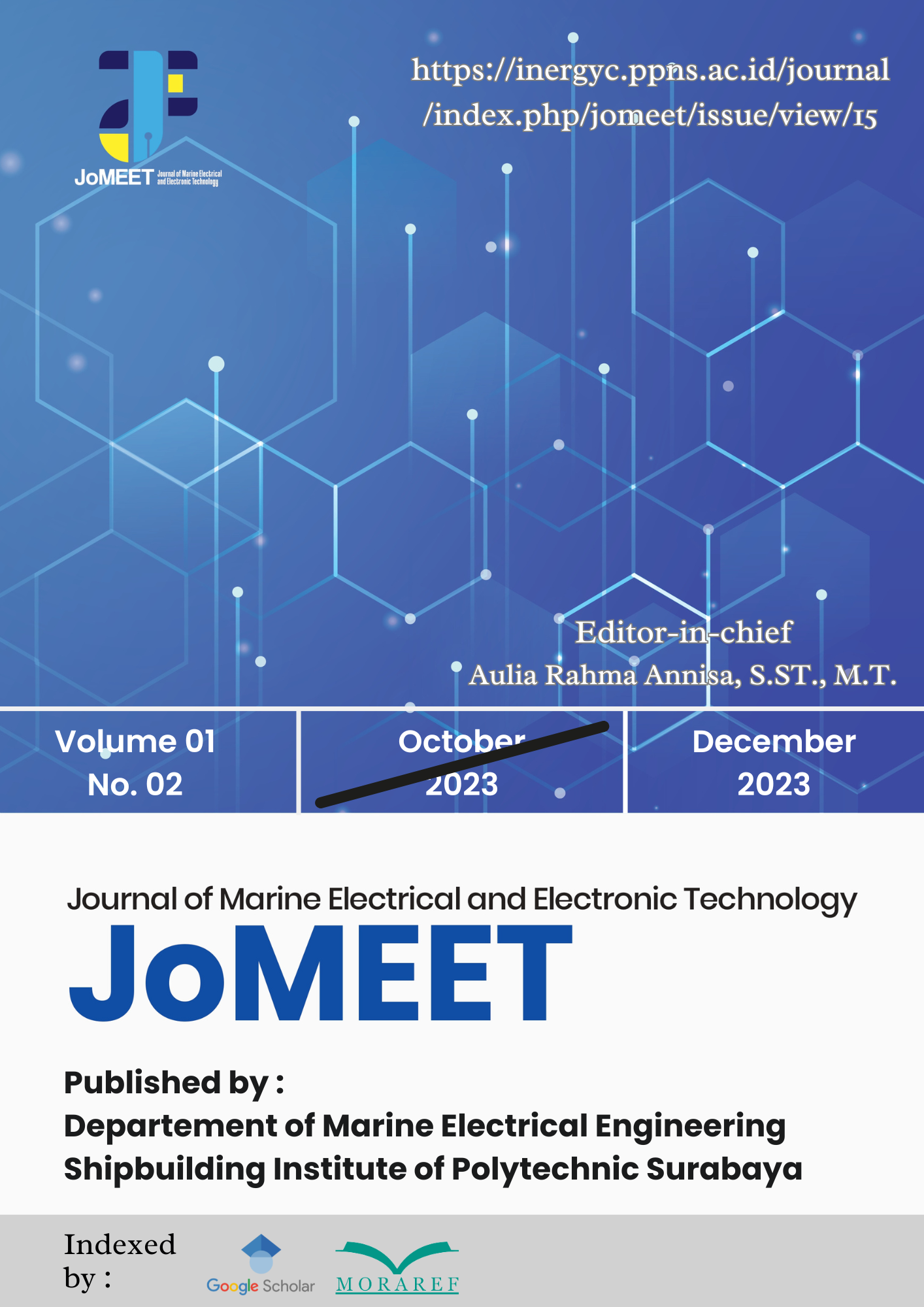Analysis and Optimization of the Performance of the DC Motor 110BLF01 Using Linear Quadratic Regulator (LQR) as a Precision Control Method
Keywords:
DC Motor, Mathematical Modeling, Linear Quadratic Regulator, MATLAB-Simulink, Speed OptimizationAbstract
This study aims to analyze and optimize the performance of DC Motor type 110BLF01 through the Linear Quadratic Regulator (LQR) approach as a precision control method. This study utilizes MATLAB-Simulink-based mathematical modeling and simulation to characterize the dynamics of speed, armature current, and motor shaft angle. Mathematical parameter modeling is performed using Laplace domain representations to transfer system input and output variables. The alternating current (AC) voltage source is converted into direct current (DC) through a bridge diode-based rectifier, resulting in a positive output voltage used in inductive loads with a freewheeling diode. The system model is represented in a MATLAB-Simulink control diagram block, with the sinusoidal signal source connected in series to the absolute block to generate a motor response pattern. The simulation generates a characteristic curve of the armature current and motor speed, which shows the transition from transient to stable conditions. The transient period is recorded for 1.5 seconds, with the ripple phenomenon in the armature current and shaft speed due to the electrical nature of the air conditioner supply. Through constant iteration, the research managed to get close to the optimal value of speed control. LQR-based controllers are compared to the first- and second-order based control of traditional methods. The simulation results show that the speed control system designed with LQR has faster response, higher stability, and better resistance to external interference. This study proves the feasibility and superiority of the LQR approach in improving the performance of DC motors for precision engineering applications.



